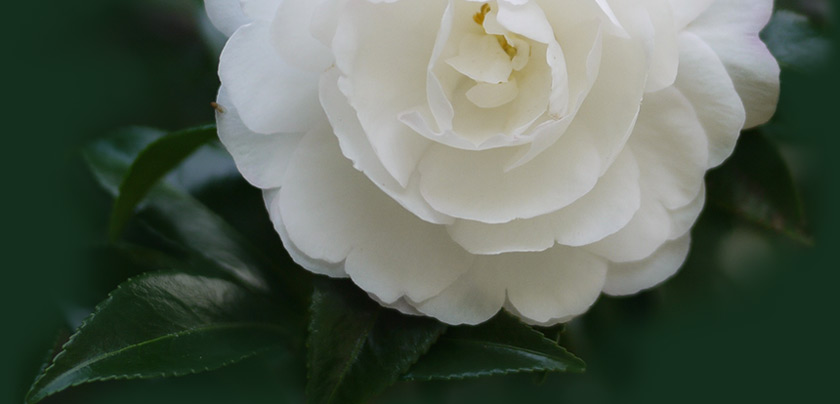It’s June 2, winter has begun, and the evenings are just now getting cooler.
We have had a few showers of rain over the past 24hours and more wet weather is forecast – we need some rain.
Time flies, the sasanquas – the autumn camellias – have been flowering for weeks now and will continue for the next month or so. The early flowering japonicas started spot flowering a few weeks ago and many are now in full flower. These will continue up until September – by then it is too hot again for our camellias to be flowering well.
Our ‘open to the public’ days have again been well received with folk coming to walk our gardens and to purchase camellias for theirs. We will have more open days as well as a number of external open gardens, shows and events. Here are some details:
Open Days
All our open days are from 8.00am to 3.00pm
Saturday and Sunday 4 and 5 June 2016
Saturday and Sunday 11 and 12 June
ALSO – 11 and 12 June – Gardening on the Edge – Maleny Garden Club – Maleny Showgrounds – open gardens and plant sales – lots of interesting camellias available.
Saturday and Sunday 18 and 19 June
ALSO – 18 June – Open Garden – the Sheahan garden, Palmwoods. Supports ‘Give Me 5 for Kids’. Plant sales – including lots of camellias.
Saturday and Sunday 25 and 26 June
ALSO – 25 and 26 June – Open Garden at Kellyfield Camellias, 958 Kidaman Creek Road, Curramore via Maleny. A great camellia garden, sausage sizzle, morning and afternoon teas, beautiful camellias for sale. Open 9.00am to 4.00pm. Entry by donation. Supports ‘Give Me 5 for Kids’.
Saturday and Sunday 2 and 3 July 2016
ALSO – 2 and 3 July – supporting the Daniel Morecombe Foundation – Open Garden at Camellia House (Daniel’s old home), 116 Woombye Palmwoods Road, Palmwoods. 10.00am to 4.00pm, wander 5.5 acres of mature gardens including 700 camellias and much more. Sausage sizzle, refreshments, bric-a-brac, memorabilia, classic car display on Sunday morning including Aston Martins. Lots of beautiful camellias for sale. Entry $8 – supports Daniel Morecombe Foundation.
Saturday and Sunday 9 and 10 July 2016 – CLOSED
BUT see us at Queensland Garden Expo, Nambour Showgrounds, 8, 9 and 10 July. Best garden show around.
www.qldgardenexpo.com.au
Saturday 16 July CLOSED
Sunday 17 July
Saturday and Sunday 23 and 24 July
Saturday and Sunday 30 and 31 July – CLOSED
BUT – see us at Queensland Camellia Society Annual Show and Sale on Sunday 31 July – Brisbane Mt Coot-tha Botanic Gardens Auditorium. Open 9.00am to 3.00pm – Camellia talks, Camellia advice, Camellia plant sales, Camellia bloom competition and displays. Refreshments available. Entry $4.00.
After that, we will be available, as usual, by appointment.
Most of our plants are available in 140mm pots with some in 200mm sizes.
Come and visit, wander our gardens and see these beautiful plants in flower.














